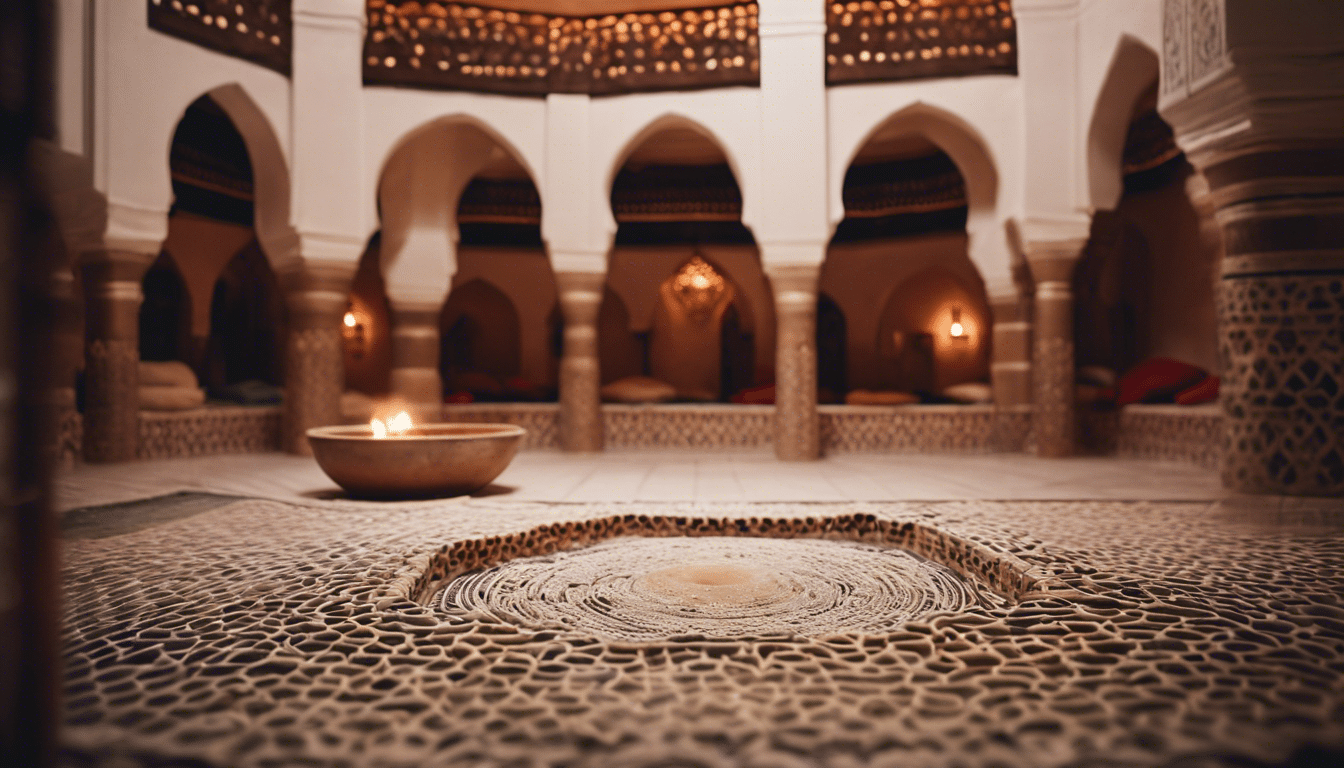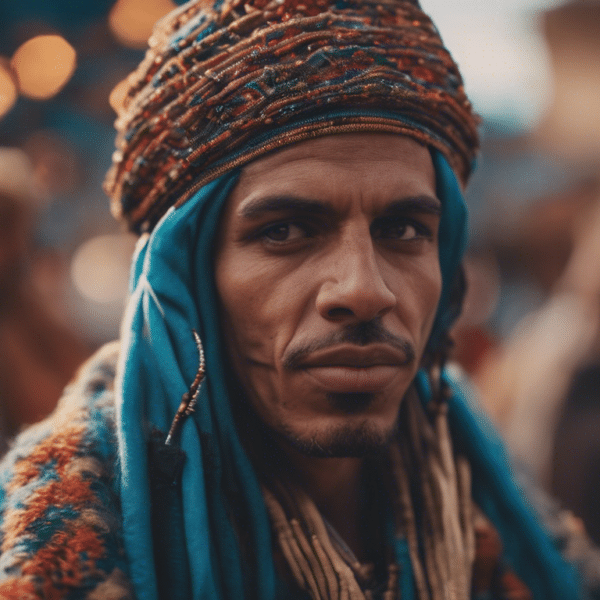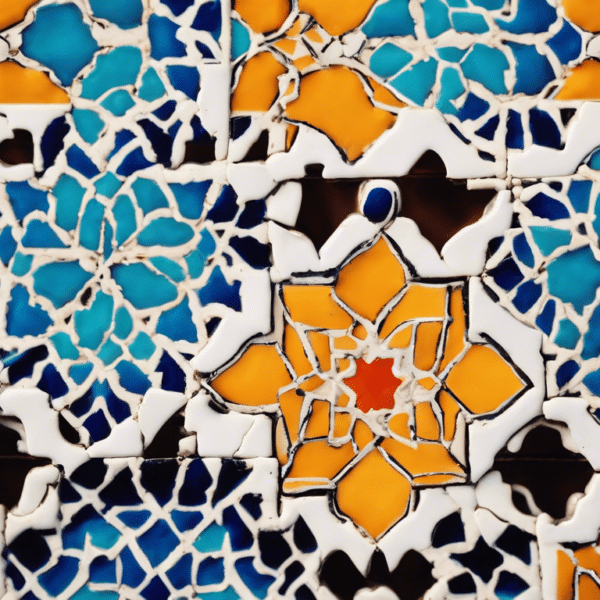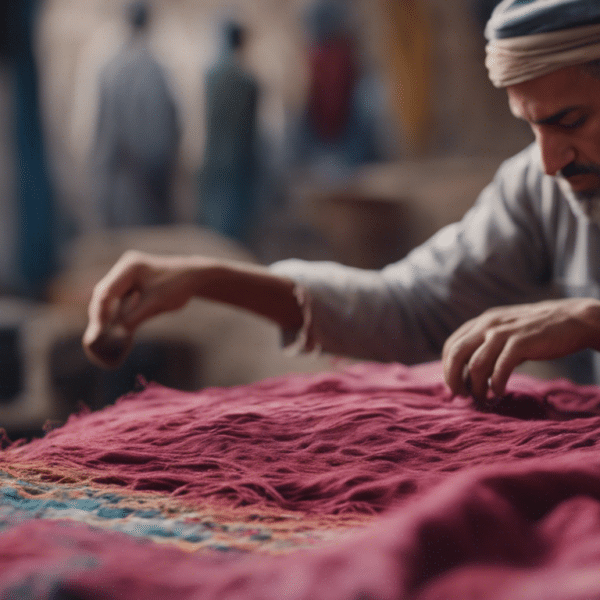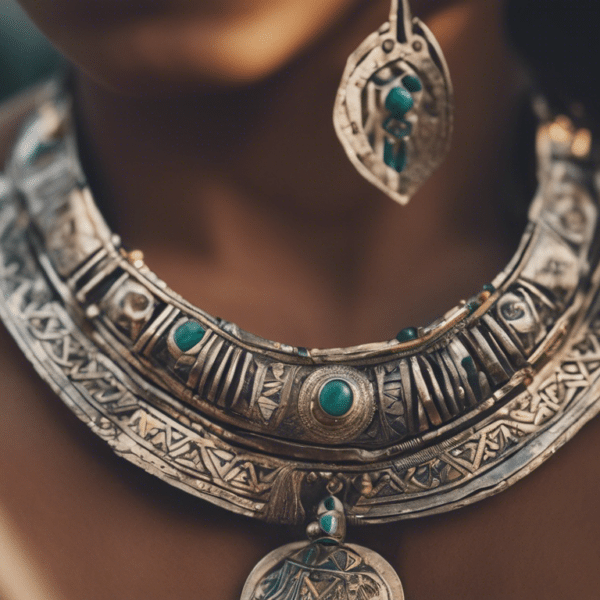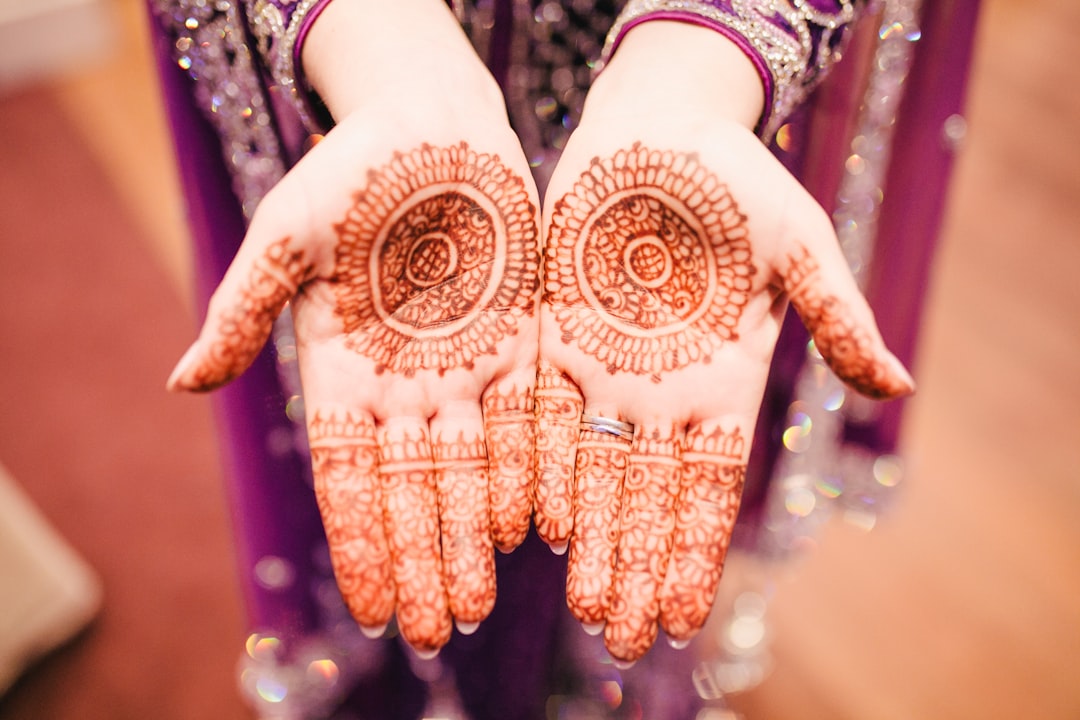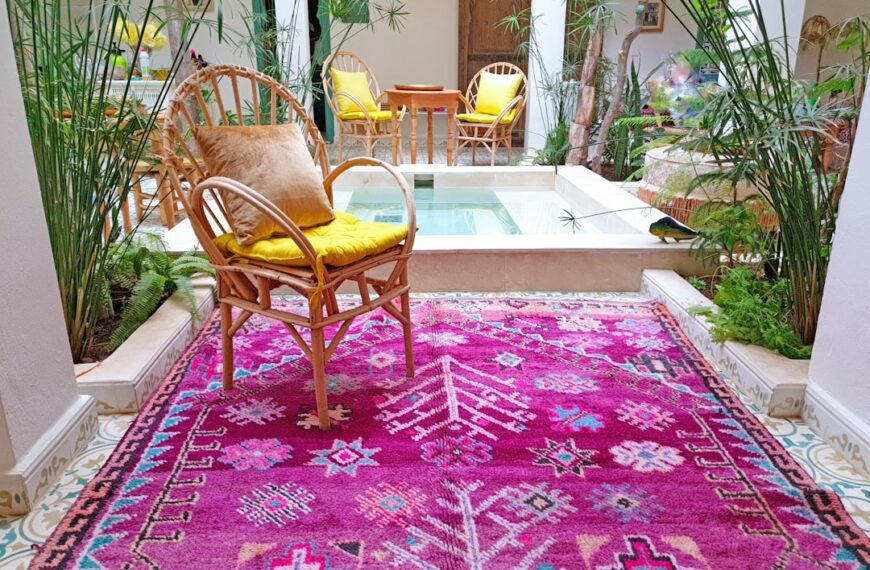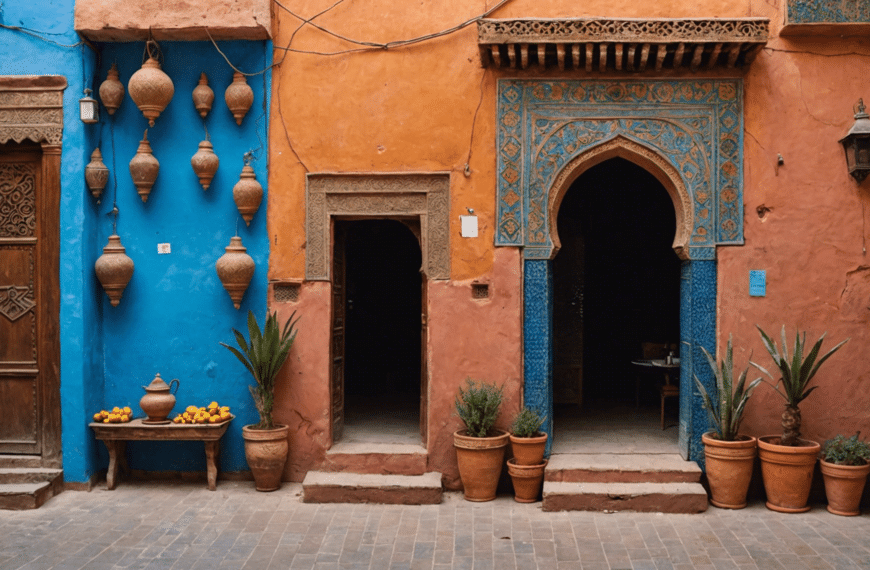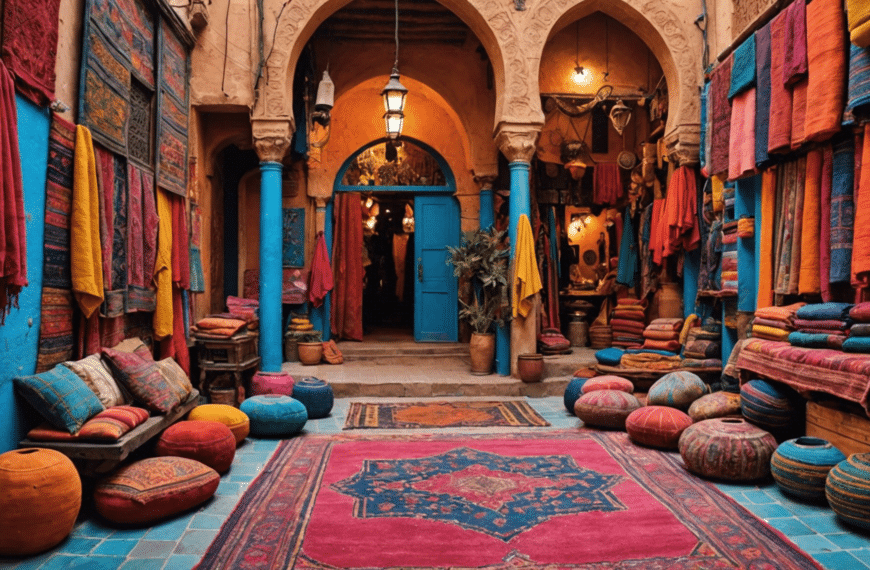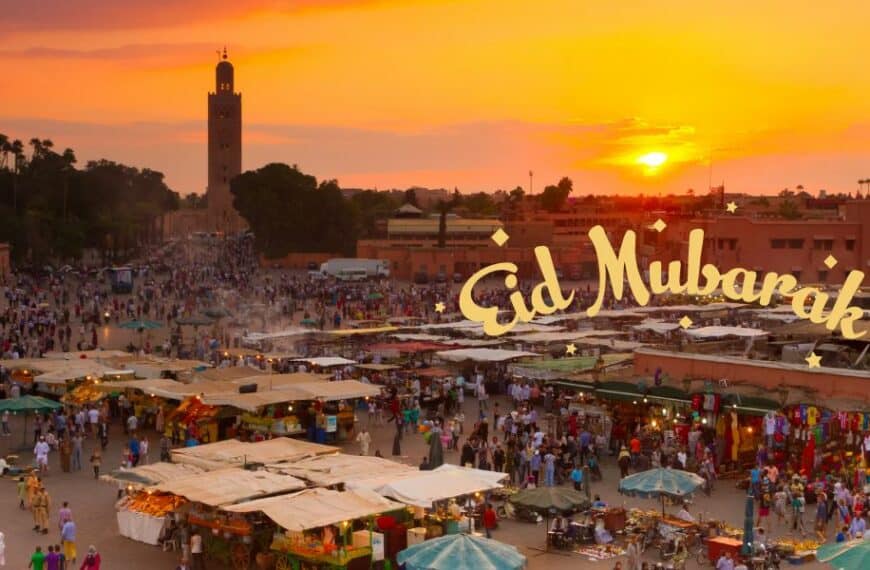Stepping into the warmth of a traditional Moroccan hammam is like walking through the portal of an age-old ritual. It’s a world that hums with the whispered secrets of a culture steeped in the art of rejuvenation and the sacred practice of purification. Imagine the gentle steam embracing your skin, ancient remedies ready to soothe your soul, and a medley of scents that carry you to a land where every grain of sand tells a story. In my vibrant voyage across Morocco, the allure and spiritual embrace of its hammams beckon, promising an experience etched not just on the body, but on the heart. Join me as we reveal why the Moroccan hammam isn’t just a bath, but a journey of discovery—a must-experience tapestry of tradition, community, and tranquility.
The Essence of Moroccan Hammams
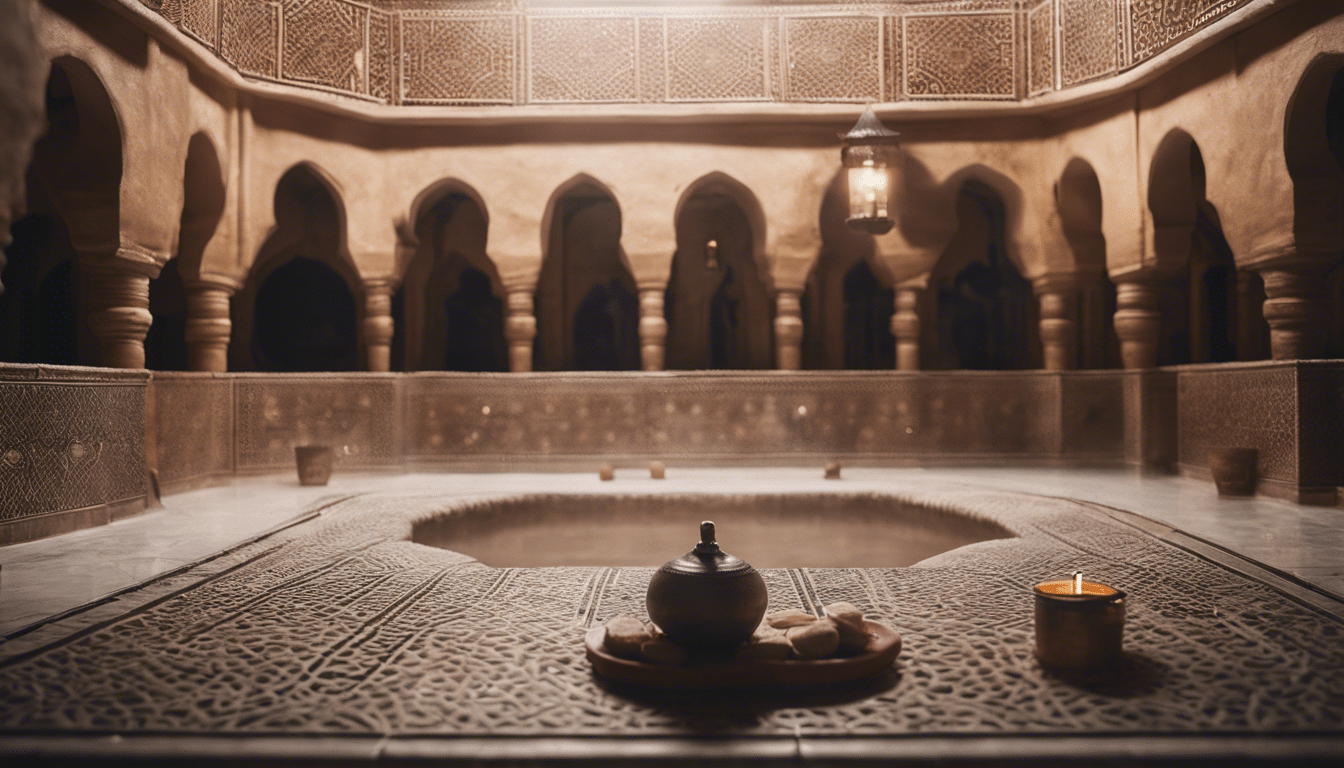
Nestled within the labyrinthine alleys of bustling Moroccan cities, the hammam remains a sanctuary of calm and rejuvenation. The tradition of the Moroccan hammam is steeped in history, serving as a testament to the fusion of cultural practices and the remarkable endurance of ancient wellness rituals.
The Origins and Rituals
The origin of the hammam can be traced back to both Roman thermodynamics and the Arabic culture, which revered water as a purifying element for both body and soul. In Morocco, the hammam ritual is a cornerstone of weekly life. It is a place where the tumults of urban noises give way to the echoes of water trickling and the soft murmur of whispered conversations.
Upon entering a traditional Moroccan hammam, the visitor is immersed in a sequence of progressively warmer rooms. The process begins in the warm room, or the ‘Barrani,’ where the body acclimatizes. Then, visitors move to the ‘Wastani’, a warmer room to further the relaxation. The journey culminates in the ‘Sakhoun’, the hottest room, where the steam and high temperatures encourage sweat, thereby purifying the body.
Therapeutic Benefits
The health benefits of the hammam are manifold, drawing people from all walks of life to partake in this restorative practice. The hammam is celebrated for its ability to:
– Detoxify the skin and body through deep sweating
– Improve circulation and hydrate the skin
– Release muscle tension and promote relaxation
– Act as a social conduit, strengthening community ties
The Exfoliation Process
A pinnacle moment in the hammam experience is the ‘gommage’ or the exfoliation process. Using a ‘kessa’ glove, an attendant exfoliates the visitor’s skin, removing dead cells and impurities, leaving the skin soft and renewed. It’s not just about cleansing; it’s a rebirth of the skin.
Natural Products Used in Hammams
For many, the hammam is synonymous with natural care. Traditional products include:
– ‘Savon noir’, a black soap made from olive oil and macerated olives
– ‘Rhassoul’, a natural mineral clay used for deep cleansing
– ‘Argan oil’, applied post-exfoliation for its hydrating properties
– ‘Eucalyptus’, often infused in savon noir for its respiratory benefits
Together, these products form a medley of natural goodness, enhancing the therapeutic effects one experiences in this steamy haven.
Intangible Cultural Heritage
The hammam is much more than a place for physical cleansing. It is a sanctuary where intangible cultural heritage flourishes. From the rituals of preparation to the communal aspect of gathering in a shared space, the hammam embodies the essence of Moroccan social and cultural life. It is here that generations of Moroccans have nurtured community bonds, exchanged news, and celebrated life’s milestones.
The Moroccan hammam is truly an emblematic element of Moroccan culture, offering a unique window into the traditions and customs that have shaped the Moroccan way of life for centuries. Visiting a hammam isn’t just a moment of relaxation; it’s an immersive cultural experience that captures the soul of Morocco.
Delving into the History
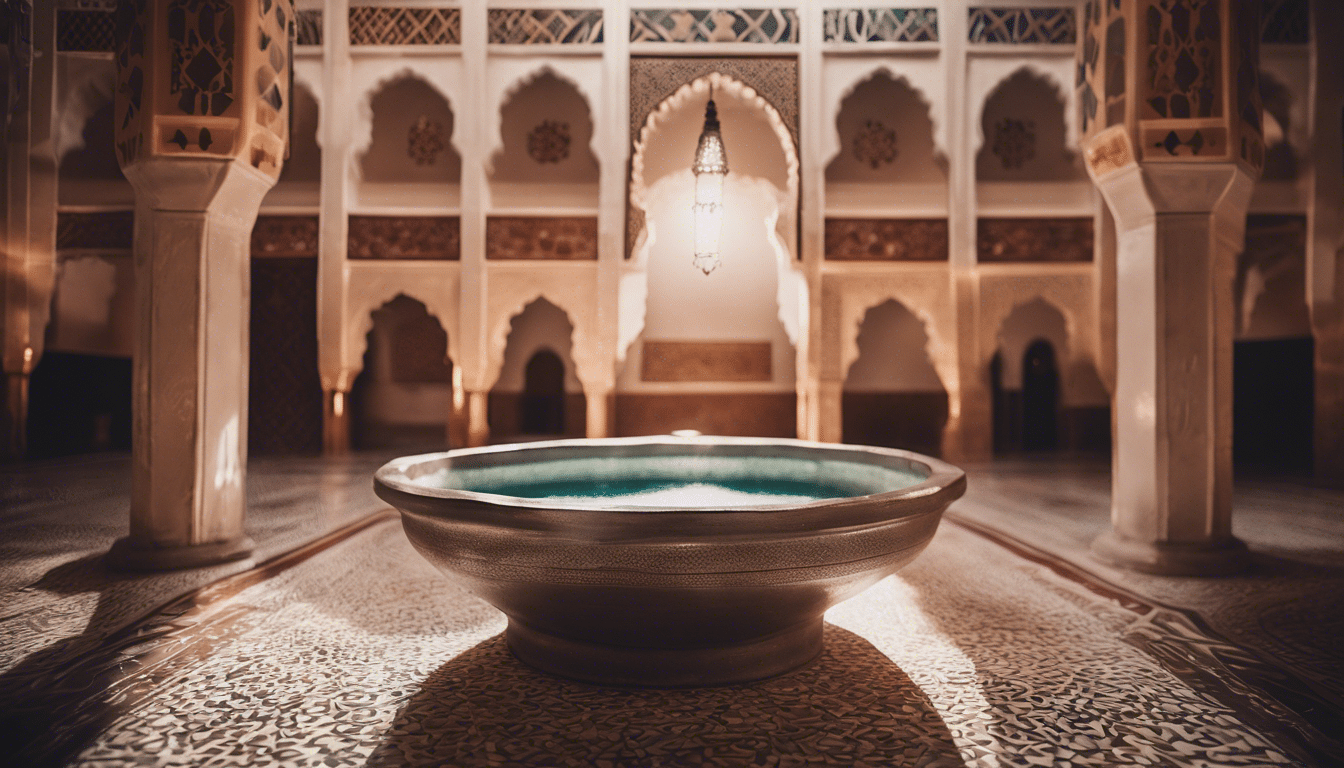
Once upon a time, in the land where the desert breeze meets the bustle of medinas, the Moroccan hammam was born. Crucial to Moroccan culture and architecture, these traditional steam baths are a fascinating blend of history and wellness, a ritual that transcends the mere act of cleansing. You whisper the word, “hammam”, and instantly, you’re transported into a realm of heat, light, and flowing water, where centuries-old traditions promise rejuvenation of body and mind.
Moroccan hammams — the heart beats of the medinas — are as essential to Moroccan social life as they are to personal care. Engrained in the fabric of daily activity, they hold a mirror to the past, reflecting the detailed artistry of Moroccan design and the enduring principles of community life. But where did these sanctuaries of steam originate?
The story unfolds during the times of ancient Roman Baths, where the concept of public bathing was not only for cleanliness but was considered a communal activity for socializing and relaxation. The Islamic conquests that swept across North Africa brought significant cultural changes, among them the introduction of the Muslim ablution practices. The synthesis of these two cultures gave birth to the hammam, as we know it today, rooted in the Moroccan land and ethos.
Imagine walls that whisper tales of bygone eras, where the practice of visiting a hammam was as ingrained in the culture as the mosaic tiles embedded in its walls. The traditional Moroccan hammam typically consists of three rooms: a warm room for acclimatizing, a hot room for deep cleansing, and a cooler room for relaxation after the sweat and scrub.
The architecture of these hammams is a spectacle in itself, with domed ceilings and intricate patterns chiseled into the plasterwork. Moorish influences shine through the ornate geometrical designs that feel in concert with the cosmic order. The steam rises to meet the ceilings, like spirits ascending to the heavens, carrying away stress and toil.
With the spread of Islam, the hammam assimilated the religious doctrine requiring cleanliness, termed ‘Tahara.’ A visit here prepares one for prayers, frees the body of impurities, and represents a physical manifestation of purity. Beyond spirituality, the hammam plays a pivotal role in the societal fabric — a place where generations connect, secrets are shared, and the warmth of community is as palpable as the heat from the steam.
The evolution of hammams over time has seen luxurious modern iterations, but the traditional methods of ‘gommage’ or exfoliation and the use of ‘savon noir’, a black soap made from olives, remain unchanged. A skilled attendant, known as a ‘kessala,’ engages in a vigorous scrub that sloughs away dead skin cells, a physical and symbolical shedding of the past.
But let us not be fooled by the apparent simplicity of these hallowed halls of hammams. Herein lies a labyrinth of cultural milestones, a sanctum of social cohesion, and a silent keeper of stories. Moroccan hammams are therapeutic chambers not just for the individual but for the community at large, a tradition that has weathered time, holding onto the soul of Morocco while embracing the new.
As the echoes of the past gently ripple through the steam, we are reminded of the enduring legacy of the Moroccan hammam, a practice steeped in history, and yet ever-evolving. In today’s world, where the pace is relentless, the hammam remains a precious refuge, offering solace and connection in the timeless embrace of its healing waters.
Unveiling the Traditional Architecture
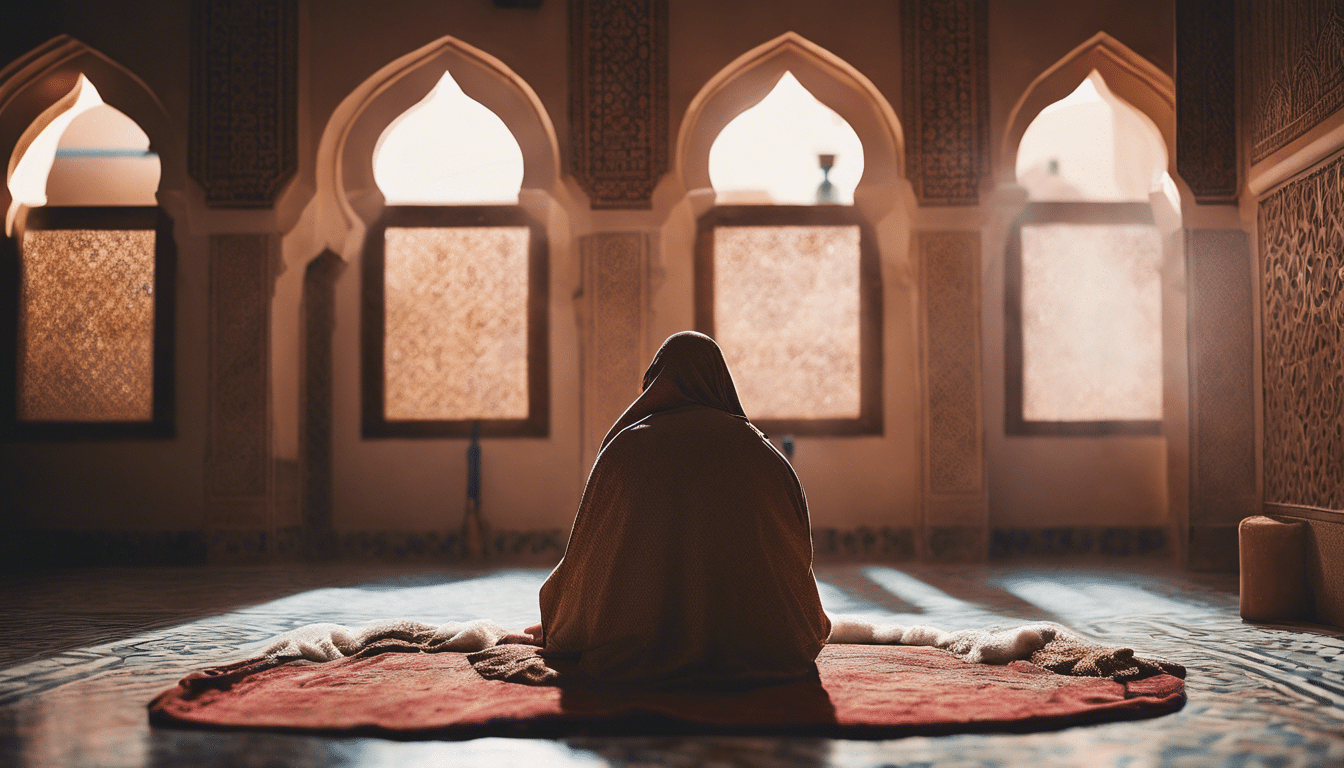
Moroccan hammams: unveiling the traditional architecture
Stepping into a Moroccan hammam is like entering another world, where senses are enveloped in warmth, steam, and the aromatic fragrances of essential oils. These traditional bathhouses are more than just a place for cleansing; they’re a cornerstone of culture and architectural marvels that reflect the intricate design heritage of Morocco.
Moroccan hammams have always been communal hubs, deeply ingrained in the societal fabric, providing a sacred space for socialization, relaxation, and ritual purification. The architecture of these steam baths is a testament to Morocco’s rich history, marrying function with aesthetic splendor. It is here, beneath domed ceilings and amid ornate tiling, that one can truly appreciate the craft of artisans who’ve carried on traditions for centuries.
The Essence of Hammam Architecture
The fundamental structure of a traditional Moroccan hammam is purposefully designed to maximize steam retention and facilitate the various stages of the bathing ritual. The architecture consists of a series of progressively warmer rooms, leading to the hottest room at the core. The walls, often made of tadelakt – a waterproof plaster – provide a seamless and organic texture, complemented by the geometric patterns of zellige tiles that add bursts of color and artistry.
Spatial Harmony and Cultural Significance
Moroccan hammams are a visual representation of Islamic influence on the culture and the fusion with local practices. The use of archways, a key feature in Islamic architecture, not only bears load but also provides a metaphysical transition between the mundane and the serene. Moreover, the central courtyard often found in larger hammams stands as a tranquil heart, where daylight filters in to cast an ethereal ambiance that enhances the spiritual experience.
The Symbiosis of Light and Water
The clever use of light is a hallmark of hammam architecture. Small openings, sometimes in the form of stars or crescents, allow natural light to pierce through the steam, creating a celestial canopy that alludes to the heavens. This interplay between light and water is not just aesthetic; it’s symbolic of the cleansing of body and soul, merging the physical and spiritual purposes of the hammam.
Preserving the Legacy
With the passage of time, maintaining these architectural gems has become a priority. Restoration efforts are increasingly important, ensuring that the beauty and history of Moroccan hammams are not lost to modernity. These restorations often involve skilled craftsmen, who must balance preserving historical authenticity with the needs of contemporary usage.
In exploring the winding alleys of Morocco, stumbling upon a traditional hammam is a sensory and aesthetic delight. Each one is a chapter in the country’s architectural narrative, a silent storyteller of customs and craftsmanship that has weathered the test of time. As they continue to function in today’s society, Moroccan hammams remain a cherished aspect of the nation’s cultural and architectural heritage.

